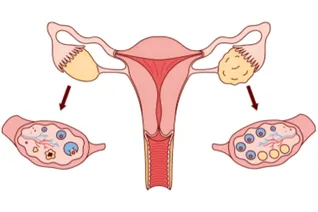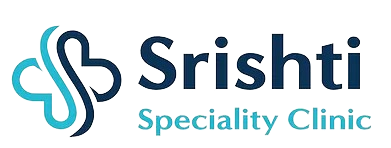Ovulation Induction
Ovulation induction is a procedure used to stimulate the release of eggs from the ovaries with the use of hormonal medications, such as oral pills or injections. It is used in cases where infertility is caused by irregular or no ovulation and can be combined with intrauterine insemination (IUI) or used in preparation for IVF.

The process involves
➔Medication
Oral medications the first step, followed by injectables if needed. This medication stimulates the hormones that trigger the development of eggs.
➔Monitoring
Ultrasounds and blood tests help track the growth of the follicles in the ovaries.
➔Trigger shot
On maturity of the follicle, a human chorionic gonadotropin injection is often given to trigger the final maturation and release of the egg(s).
➔Timing
Intercourse or an IUI is then timed around the time of ovulation to increase the chances of conception.
➔Medication
Oral medications the first step, followed by injectables if needed. This medication stimulates the hormones that trigger the development of eggs.
➔Monitoring
Ultrasounds and blood tests help track the growth of the follicles in the ovaries.
➔Trigger shot
On maturity of the follicle, a human chorionic gonadotropin injection is often given to trigger the final maturation and release of the egg(s).
➔Timing
Intercourse or an IUI is then timed around the time of ovulation to increase the chances of conception.
It is used to
➔Treat infertility: It helps individuals who don’t ovulate regularly, like in cases with Polycystic Ovary Syndrome (PCOS).
➔To increase success rates: It can be used to improve the chances of pregnancy for people who can ovulate in conjunction with IUI or IVF.
➔For assisted reproductive techniques: It aids in treatments like IVF by stimulating the production of multiple eggs for retrieval.
Meet Our Doctor

Dr. Shivani Chandan L
Accomplished Gynaecologist and Laparoscopic Surgeon
